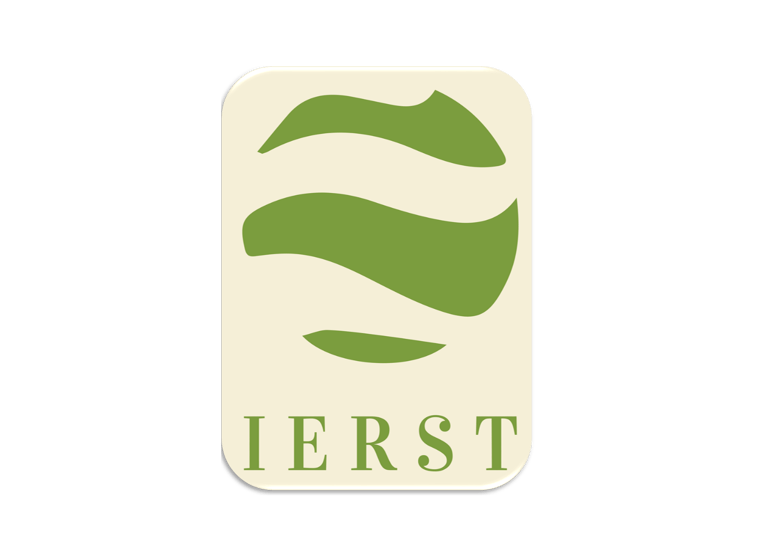Empowering researchers to achieve more
Students’ Awareness Of Technology In Education For Sustainable Development (ESD)
Students’ Awareness Of Technology In Education For Sustainable Development (ESD). How does the technology-integration framework for education sustainable development (TIFESD) assess students’ awareness of technology in education for sustainable development (ESD)?
Rose M. DIMASSI PhD
3/6/2025


Students’ Awareness Of Technology In Education For Sustainable Development (ESD)
The Technology-Integration Framework for Education Sustainable Development (TIFESD) serves as an evaluative tool to assess students' awareness of technology-driven elements within the context of Education for Sustainable Development (ESD) in higher education institutions [1]. This framework specifically examines students' familiarity with various technology-integrated aspects of sustainable development initiatives in their universities.
The TIFESD evaluates students' awareness across multiple dimensions, including Green Campus initiatives, Smart Education strategies, Smart Campus facilities, and the influence of curriculum and course offerings on sustainable development practices [1]. By employing a quantitative methodology and analyzing survey responses from students across multiple universities, the framework provides insights into the relationship between technology integration and students' cognizance of factors that support sustainable development.
Interestingly, while the TIFESD focuses on technology integration, other studies highlight the importance of interdisciplinary approaches in ESD. For instance, research has shown that incorporating poetry into geography lessons can enhance students' appreciation of social and economic dimensions of sustainability, encouraging a more holistic understanding of the concept [2]. This suggests that a comprehensive approach to ESD assessment should consider both technological and interdisciplinary elements.
In conclusion, the TIFESD offers a structured approach to evaluate students' awareness of technology-driven elements in ESD within higher education. By assessing various aspects of technology integration, it provides valuable insights into the effectiveness of sustainable development initiatives in universities. However, it's important to note that a holistic assessment of ESD may benefit from incorporating both technological and interdisciplinary perspectives to capture the full spectrum of students' understanding and engagement with sustainability concepts.
References
1. Shishakly R, Alrawad M, Almaiah MA, Lutfi A. The influence of using smart technologies for sustainable development in higher education institutions. International Journal of Data and Network Science. Growing Science; 2024;8:77–90.
2. Walshe N. An interdisciplinary approach to environmental and sustainability education: developing geography students’ understandings of sustainable development using poetry. Environmental Education Research. Taylor & Francis; 2016;23:1130–49.
